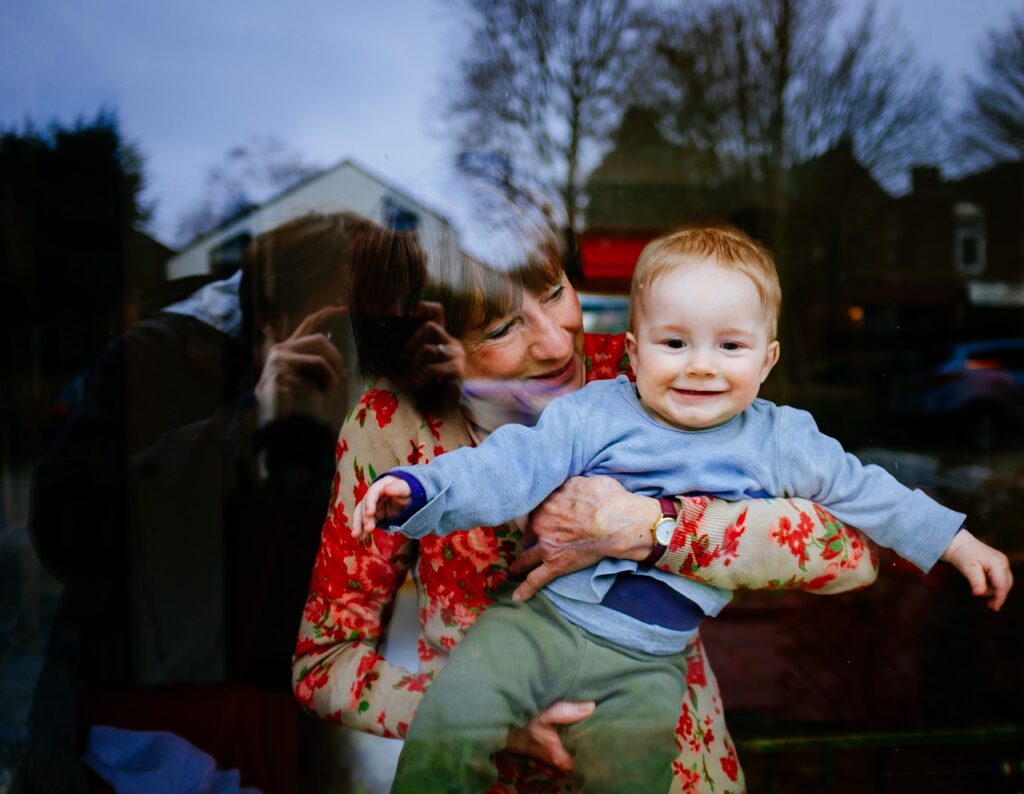
Among some of our fondest memories as we age are those that evoke our past, and few things give us as much pleasure as recalling our grandparents: The wrinkled hands that clasped our faces for a kiss, the shades of gray hair, the smell of her perfume and his cologne.
They are the kinds of things that can take us back to the days when Sunday dinner didn’t mean pizza after a soccer game, but a home-cooked feast at noon with an entire family: siblings, aunts and uncles, cousins, and – of course – grandparents. The parents of our parents were also a link to the past.
It’s about that time of year to recall such memories: A national observance of grandparents is four days away. The reason for it was touched on by former President Jimmy Carter as he signed a 1978 bill designating the first Sunday after Labor Day Grandparents’ Day. He urged Americans to reflect on how grandparents shape their lives, how they shape our destinies.
Decades ago, it wasn’t unusual to be living with grandparents or other elderly relatives as they aged. But these days, grandparents are taking an even more active daily role in their grandchildren’s lives. One study estimates 7 million grandparents live with their grandchildren, providing not only love and care, but also financial and emotional support.
Grandparenting in the U.S. is diversifying and becoming more intense,” notes the National Library of Medicine, an offshoot of the National Institutes of Health. “The impact of grandparenting, which is multi-layered and complex, varies significantly across social, emotional, physical and financial outcomes.”
The National Library – based on a 2018 survey – notes that 50% of U.S. grandparents provide financial assistance to their adult children and grandchildren; 39% provide grandchild care; and 31% help with errands, housework and home repairs.
The reasons are varied: Grandparents are living longer, marriage rates are declining, single parenting and teenage pregnancy have increased and immigration is up. To that last point, a report from Generations United – an advocate organization for children, youth and the elderly – shows that about 21% of the 2.6 million children living with grandparents are in immigrant families.
But Americans are also turning to their parents for help with child care because they’re working more hours than ever, according to the National Library. And women in the U.S. – whose entry into the workforce decades ago changed the dynamic of the multi–generational families of old – are increasingly likely to work full time.
A new study also reveals that multigenerational living nearly quadrupled in the past decade, with COVID playing a major role. Generations United estimates 66.7 million adults 18 and up in the U.S. are living in a multigenerational household; that’s more than one in four Americans. And nearly six in 10 – or 57% – started or are continuing to live together because of the pandemic. Seven in 10 plan to continue that arrangement in the long term.
Grandparent care can also be reciprocal, with benefits to elderly caregivers. According to the Association of Health Care Journalists, grandparenting can relieve stress, improve socialization, bolster the immune system, help relieve depression, encourage physical activity and even boost longevity.
“Having a close connection once or twice per week can be really beneficial, both for mood and for health,” said Dr. Carolyn Kaloostian, a geriatric medicine specialist in Pasadena, California, and a University of Southern California professor.
“The major studies show that as long as it’s not overwhelming – if there are moderate amounts of responsibility and pleasurable activities – it really does help in many ways.”









